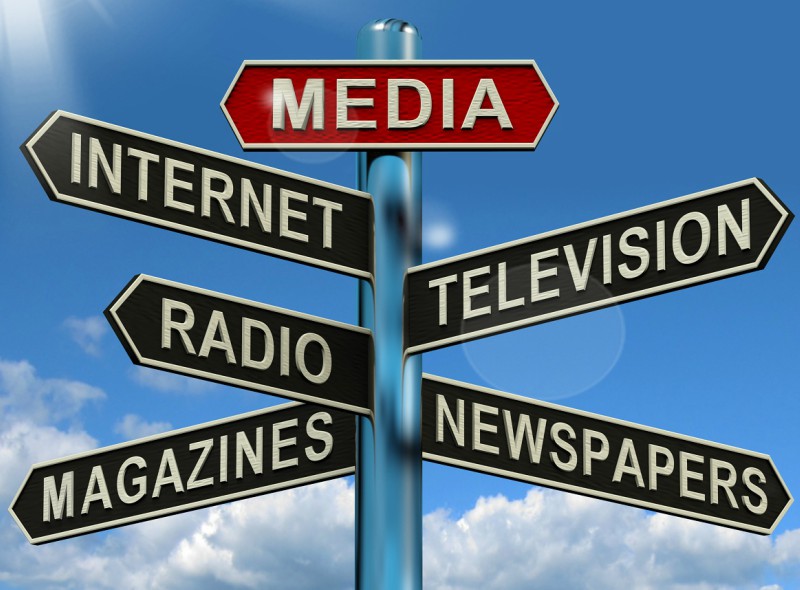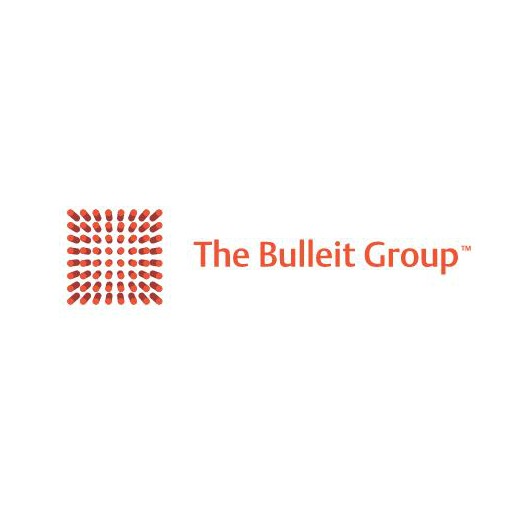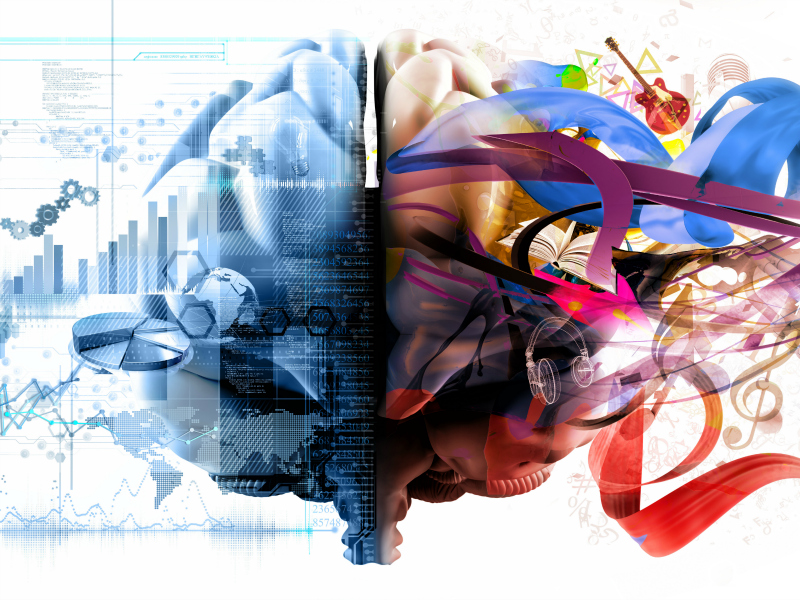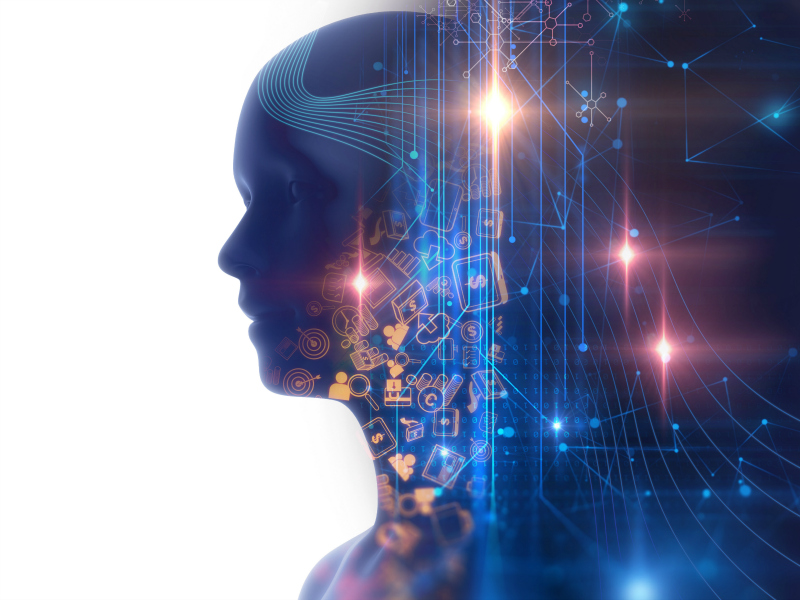The Bulleit Group 28 Jan 2018 // 4:38PM GMT

If you're finding it more challenging to secure coverage for your company or client, don't worry, it's not just you. In today's media landscape, media pitching is tougher than ever. That doesn't mean that it's impossible to get coverage, but rather that we must be more strategic about finding opportunities. It is our job as public relations specialists to adapt according to the times.
There are several reasons why it's harder to secure coverage today. To start, every day, journalists are receiving hundreds of pitches from PR pros. The combined growth of PR and decline of journalism has created an unbalanced playing field across the media industry. Additionally, the social media age is propelling busier news cycles (there's no such thing as a slow news day anymore) making it more difficult to secure coverage that isn't relevant to the top stories or news trends. Add to that, the recent revelations of misinformation and fake news, and journalists are wary of printing one-sided stories. It's clear that it's more important now than ever to be deliberate and smart about your outreach.
Because of this new reality, big bang announcements are being put aside in favor of exclusive in-depth break stories with a single journalist and publication. In the past, the media exclusive has often been used for stories that are complicated or might require more nuance, but in today's media landscape, the exclusive is soaring to new heights. Exclusives allow companies to better control their news, ensure the story they want to tell is more accurate, and then focus their energies on amplification of the proper story. Once published, an exclusive can often be parlayed into several pieces, from a series of stories to a combination of online, print, and broadcast coverage.
Of course, some topics (and companies) are going to produce multiple stories on day one. Apple is well-known for leveraging WWDC and special events to create weeks of coverage before, during, and after announcement day. Granted, Apple is an outlier, but the company regularly evolves its strategies to generate the most buzz around its new products and has recently taken a more exclusive route.
Last month, Apple ruffled feathers when it snubbed the mainstream tech press for the iPhone X product reviews. The company exclusively tapped a handful of YouTube bloggers, as well as Mike Allen at Axios (launched in 2017) and Stephen Levy at Wired (likely because he was one of the original iPhone reviewers a decade ago) for in-depth reviews. Most established tech reporters were allowed just 24 hours with the iPhone X before the review embargo lifted. This change signified not only a shift in the power dynamics of the media industry but also a shift in Apple's strategy away from its traditional news announcement. Instead of getting widespread coverage of its news across as many publications as possible, the company targeted influential reporters and bloggers with a six-digit fan base to create more in-depth and impactful stories to reach new consumers outside of its tech fan base.
By limiting its review units, Apple not only had more control over the messaging and the final result of the phone's reviews, but also generated more buzz around its product. This move towards exclusivity highlights a growing trend of measuring public relations efforts qualitatively rather than quantitatively. Companies are finding more success with targeted, in-depth stories written by influential reporters rather than popular copy-and-pasted press release articles. The exclusive, today, is one of the best ways for companies of all kinds and sizes to tell their stories.
How to nail the exclusive
The first step in nailing the exclusive is research and targeting. Just like any news story, spend your time researching the right audience for your story, which should dictate the target publication and journalist. However, with an exclusive your goal is to generate the most buzz through a single story, so you must also pay attention to the publication's and journalist's reach. It's important to identify a journalist who not only would be a good fit for your story but who also has a large and relevant following so that when the story is published, his or her platform will continue to spread the story to more readers.
Once you've settled on a target, you need to convince your client or manager that an exclusive is the right way forward and manage their expectations. Usually, when a client or manager wants to go public with the news, his or her preference is a big bang announcement across as many publications as possible. We've all fallen into the number trap of counting hits rather than impact. So when communicating why you've decided to take the exclusive route, you need to explain the impact of a single in-depth piece.
How do you sell the exclusive up to your boss or client? First, you should debunk the myth that an exclusive means one single piece of coverage. When executed properly, an exclusive can generate more buzz than a broad announcement because it can be used to build out a combination of online, print, and broadcast follow-up coverage. That being said, follow-up stories are not guaranteed, which you will need to communicate to your client ahead of time.
Once the exclusive hits the wire, you and your team can focus your energies on amplification of the right story by sharing the news with your media friendlies. It's also worth communicating with your client or team that an exclusive will allow you to better control their news and ensure the story that you want to tell is more accurate.
When preparing for the exclusive, it's important to not the longer lead time for this type of story. Exclusives typically require more reporting on the journalist's end and therefore more organization and coordination on the PR side as well. You will have to provide multiple sources, coordinate more interviews, and even share exclusive data or research to give credibility and dimension to your story. Additionally, if a story isn't tied to an announcement date, the exclusive could take even more time to go to print. For this reason, you must communicate with clients, staff, and partners on timing.
Not only is it crucial to manage your client's expectations, but it's equally essential to the same with the journalist's expectations. Clarify what type of exclusive you're giving the journalist. Some print or online publications require category exclusives, which means you also pitch broadcast. Other journalists are content with having an exclusive piece of data or research or an additional source to accept the exclusive. This means that you can create a couple different "exclusives" among different types of media platforms by giving them unique angles.
Once the exclusive is published, it's vital to immediately begin to generate buzz around the story. Right when the news hits, be prepared to reach out to your list of media friendlies who are always interested in your company's or client's news. You should also be prepared to promote the story on social media and with staff, partners, and investors to encourage them to share the piece.
When reaching out to reporters, you can let them know that you are still willing to talk to them about the news, and will certainly keep them in mind for the future. More often than not, a few of those journalists will want to take their own angle on the news. It's important to note that most follow up stories tend to be shorter and rely more heavily on specs like press releases, blog posts. and photos because of the tight turnaround.
We recently worked with Ashlee Vance at Bloomberg on an exclusive about the launch of Thor Trucks' ET-One. Not only was the article one of the top stories of the day on Bloomberg.com, but it was also highlighted in Bloomberg's evening briefing. We received multiple several inbound requests for interviews and additional information from top tier press thanks to the article's reach., but as a result of our own outreach once the story broke, a number of general media and trade publications picked up the news. From Trucks.com and and Electrek to MIT Technology Review and Mashable, more than a 150 news sites published their own coverage of the announcement.
A media exclusive is a much more strategic way to secure coverage of your news, and if executed correctly, can produce stronger interest and brand recognition than a press release announcement. What's more, by working with a single journalist who will take the time to dig into the context and familiarize him- or herself with your client, you're building trust with the journalist and lending more credibility to your story.
In this new era of misinformation, public relations has a role to play in rebuilding trust within the media industry. Well-researched and fact-based stories are the way forward. The media coverage we secure should be factual and relevant to readers rather than merely beneficial to our bottom line, which is why media exclusives are back in vogue.



































.jpg)














